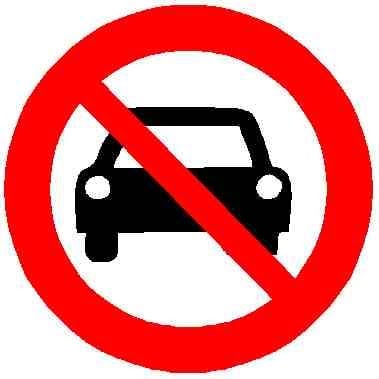Batteries? Really? What happened to perfectly good overhead wires? Whhyyyyyy???
It’s cheaper, and quicker to set up is probabaly why. In theory once this is established, you can then add in the overhead and bigger trams if needed.
The cars/trams are also small enough that the wires would be low enough to be a problem. I assume they share the road where trucks are allowed to be a certain height. Also assuming this is mostly in cities, you just can’t put overhead wires in all places with low effort.
Catenaries can stretch up pretty high. This is a bit of gadgetbahn trickery, using batteries shifts cost from up-front capital improvement projects to operating and maintenance cost (managing vehicle charge levels and replacing batteries) and it eliminates one avenue for opponents of new transit to criticize (unsightly wires ruining the anesthetic of our beautiful car-choked city). It is a technically worse solution, but it’s a relatively mild departure from trains/trams as far as gadgetbahns go, and if they can leverage the novelty and the political benefits to build more transit to serve more people than they otherwise would have, good for them. Time will tell if this approach pays off, the world is littered with failed gadgetbahns, but also sprinkled with a few success stories
I would also add that if this proves to be successful, having a second generation that (can) run on catenary isn’t out of the question. Even for parts of routes this might be an option, still having the flexibility of batteries for the areas or something?
It certainly is faster to get up and running this way. We’ll see I guess…
- Pros: Cheaper to install as you don’t have to rip up the whole road, capable of cornering at around 15kph. Low initial cost.
- Cons: Battery powered, with a 70km range, with a max capacity of 60 people. Driven by humans.
This does not sound like something anyone needs and it appears to be designed to share the road with private vehicles (hence the focus on speed and cornering) which means it will get stuck in traffic.
When you’re paying humans to drive something, the benefit comes not in how fast it corners but in how many people can be transported at once. Even if it’s a straight line at 20kph, it’s still better to have big LRTs hauling upwards of 2000 people, stopping at intersections to let them switch to another LRT going in another direction.
The one benefit I can see here is the low cost of installing these tracks, it could be used to trial a route served by a tram (negating the cornering feature), but even then, a bus has near zero infrastructure requirements and can move more people than this for the same price.
If you need a
- vehicle that carries fewer people than trams
- that is cheaper than trams
- to cover routes too small for trams
why go with a small tram and not with a bus?
What exactly makes this better then a bus?
The big one they point to is that it’s a step between regular trams and a bus. And quite importantly: even this very basic construction still allows for a more permanent transit solution than a bus. And there is some science pointing to a trend that a lot of people who would not ride busses would ride trams. And with this tech being cheaper than a tram - heck, it’s built in much the same way as very early horse-drawn trams - it’ll allow building rail transport on a tight budget.
It won’t get stuck in car traffic, for one, and it’s reversible so its operational footprint is smaller than that of a bus network. Also predictable because it’s on rails so people outside the tram know exactly where it’s going. Also lower operational and maintenance costs because less wear and smoother ride
Bus lanes are a thing and this is built into a road. So not really an advantage. You add rails and switches to the system. Those need to be maintained as well. The prefictability is really a flaw. Busses can go anywhere with a road. Much more flexible.
So basically it can reverse, which can help, but also requires either two drivers or the driver to walk through the train.
The prefictability is really a flaw. Busses can go anywhere with a road. Much more flexible.
I beg to differ. A pedestrian or a cyclist is much more likely to be hit by a bus because buses can go and turn anywhere. Flexibility is an asset outside of cities and high-density areas, but in an urban area public transit on rails is far superior.
they don’t come in threes.
This is not a proper tram, but really a battery bus on tram tracks. So low capacity, charging problems combined with fixed routes.
I think the video got the main plus of tram over bus covered, but to point it out, it’s better than bus because its movement isn’t as random as bus, it can only go forward or backward, so it is predictable for pedestrian that wanted to cross the road.
Maybe it’s not meant to serve the whole city but as a feeder shuttle for the LRT or MRT, 70km range is enough for at least half day of operation.
The simpler system and fixed path mean it’s easier to train new operator, and less likely for collision than a bus.
The smaller capacity and cheaper cost mean they can deploy more tram per route, so the arrival frequency would be higher than regular tram system.
The deploying cost of this whole system is cheaper than regular tram, so city council will be more willing to spend the money on this instead of nothing were they wanting a new tram.
lt looks friendly.




